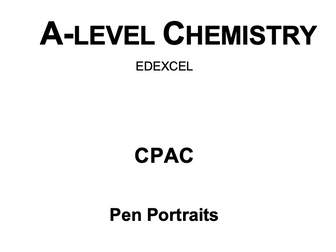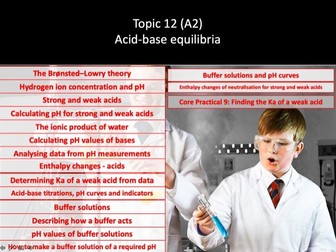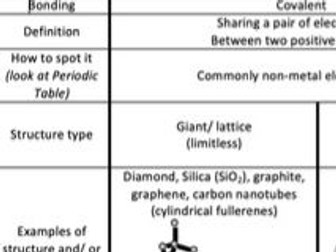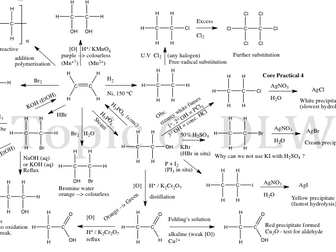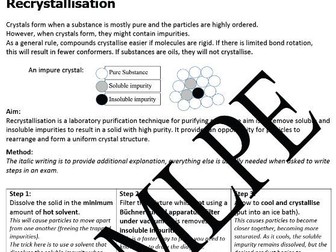A level Chemistry - CPAC Pen Portraits (Edexcel)
<p>This resource is designed for the Pearson Edexcel 2015 A level Chemistry course. The purpose of this document is to help to standardise the observations of the core practicals that are available from Edexcel. In the event that more than one teacher are assessing practical experiments, it is good practice for the centre/ school to have standardised and agreed the criteria in awarding the competencies. This document provides a completed framework for that purpose and is able to be edited and updated. It is recommended that colleagues meet to discuss this when required. It could be checked yearly and discussed in departmental meetings.<br />
Edexcel do not offer a document such as this but do mention it in their CPAC guidance. They have a sample one on their website but do not have guidance for all of the core practicals.</p>
